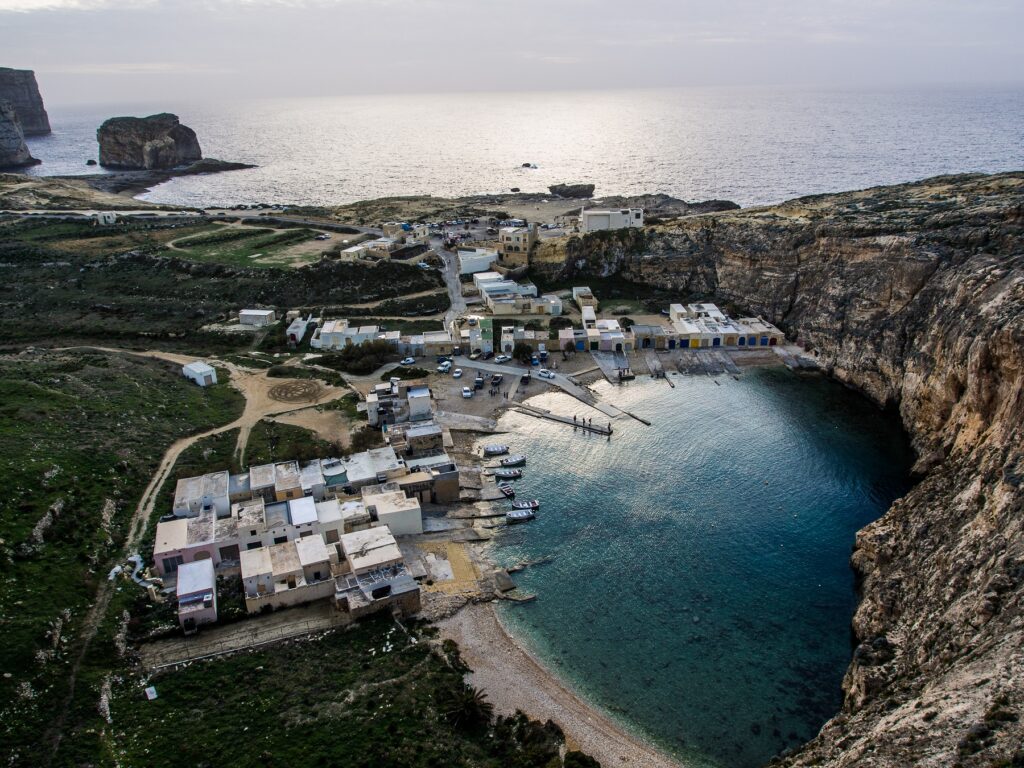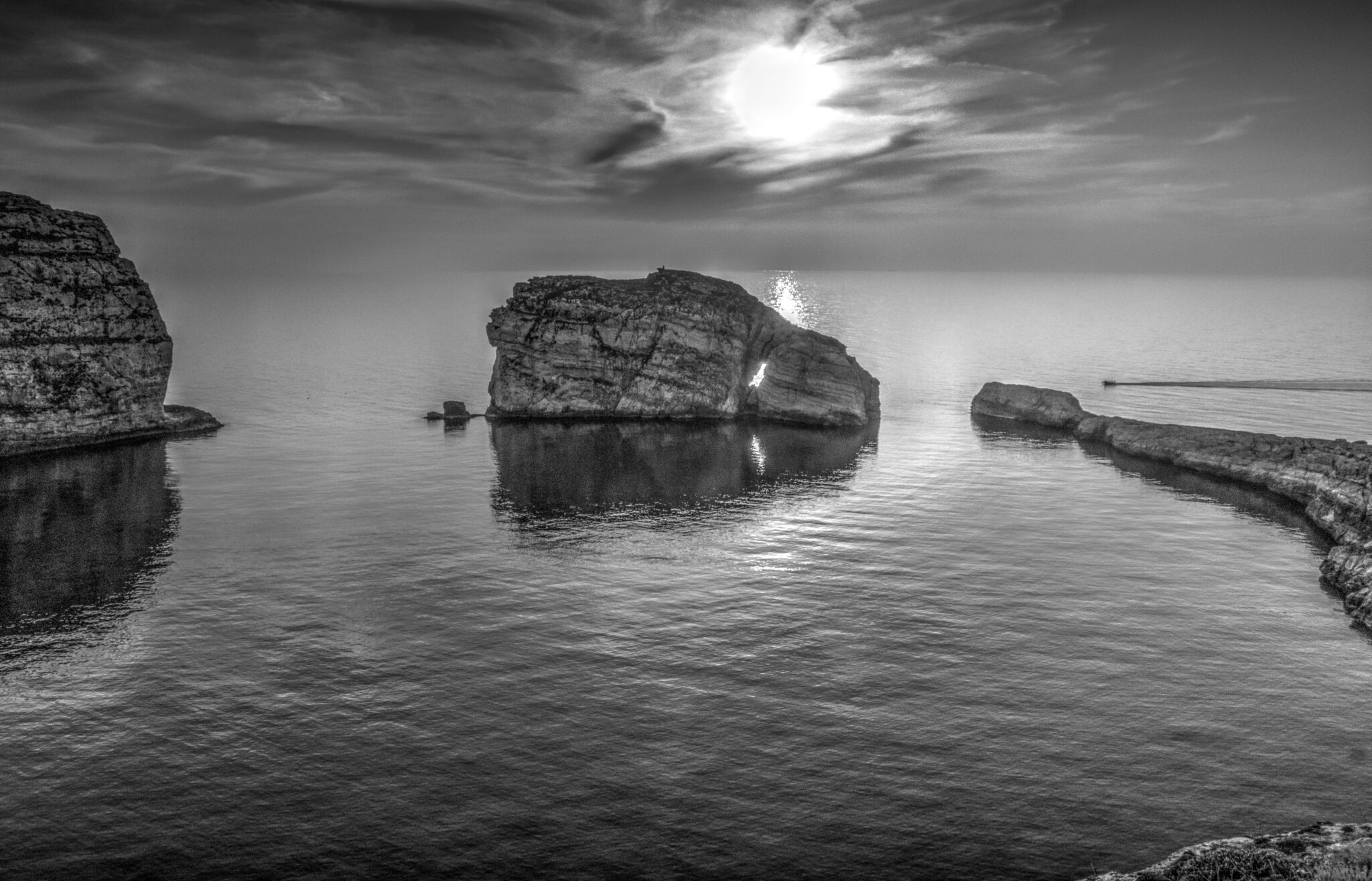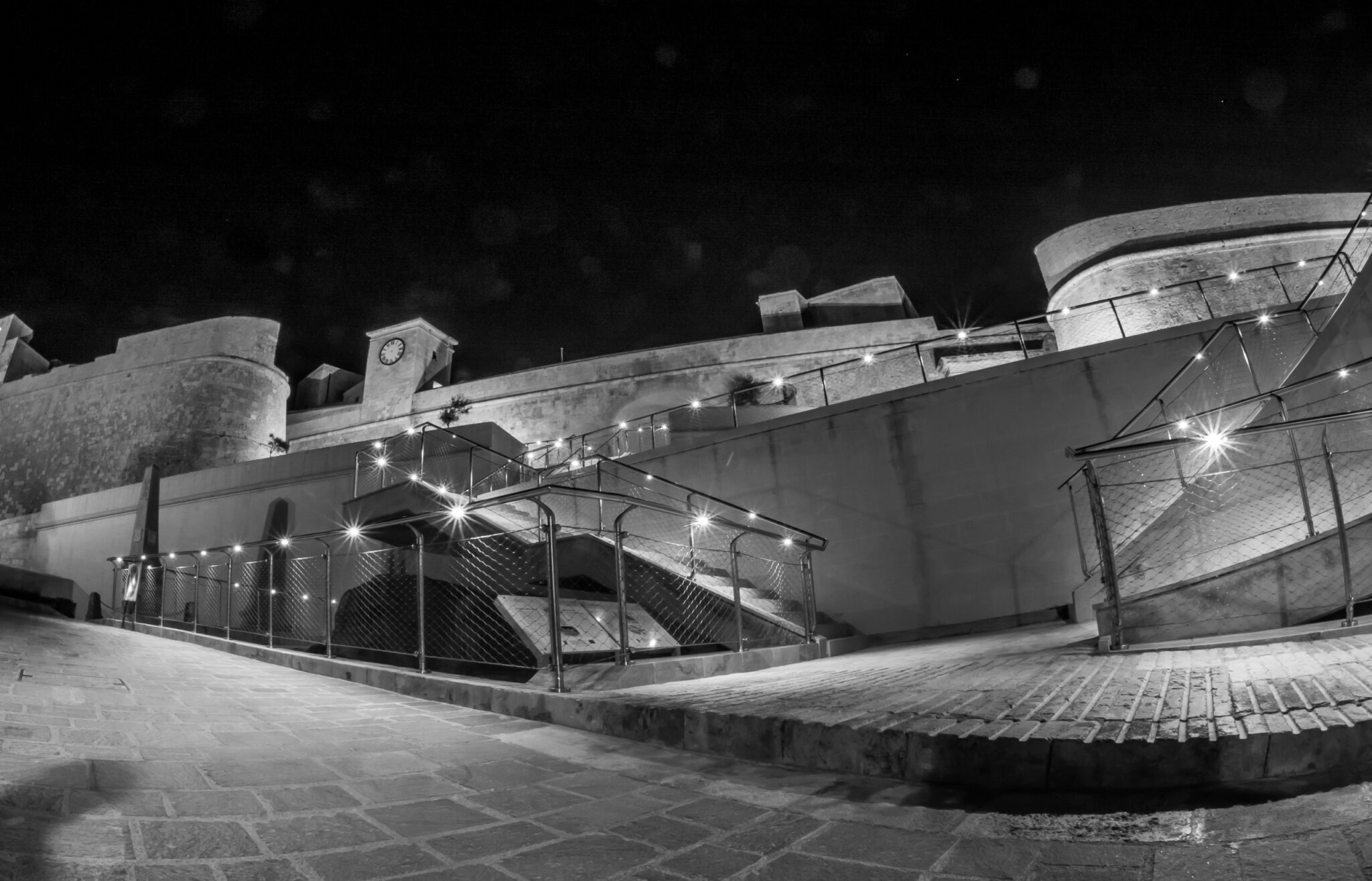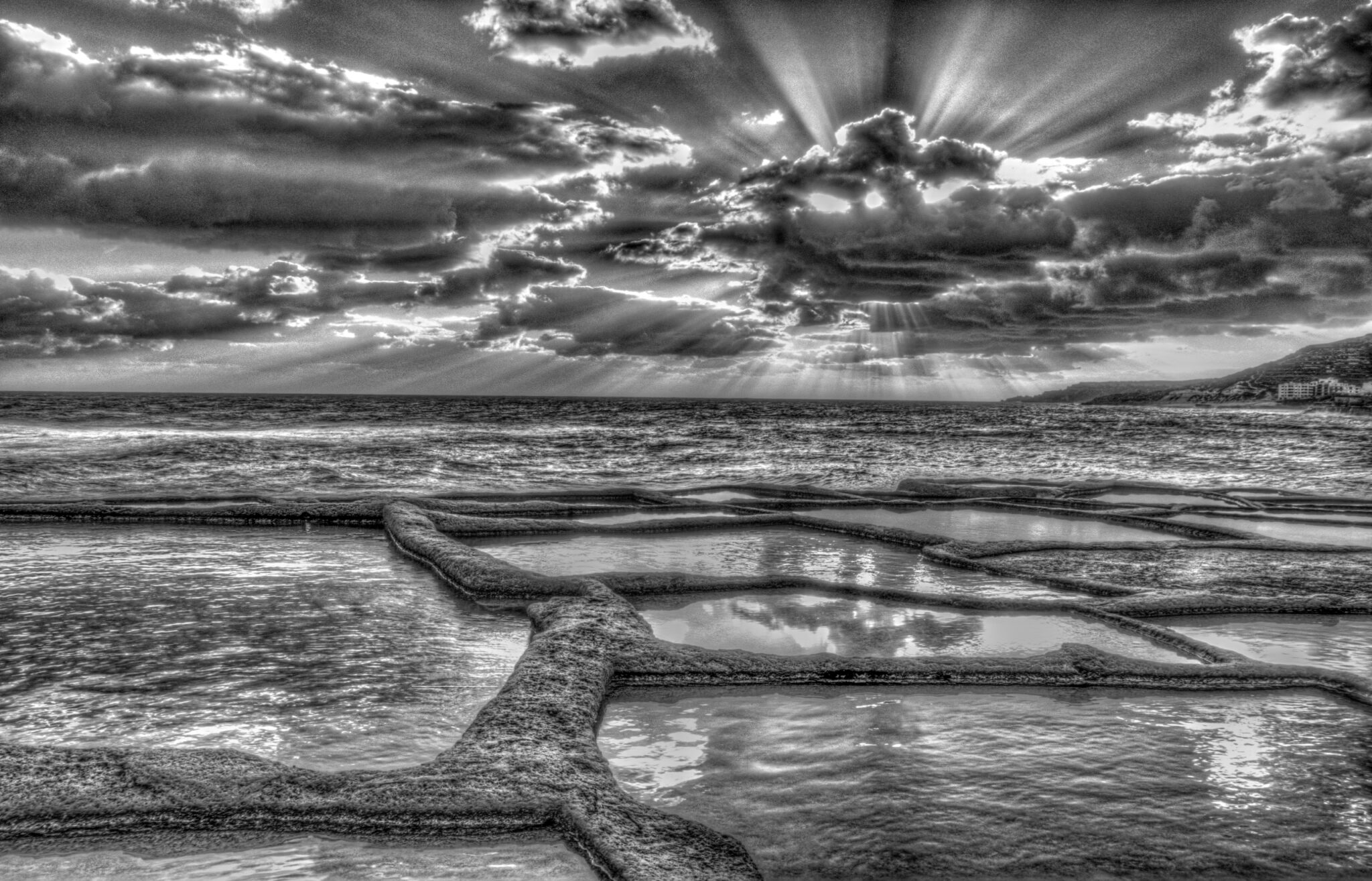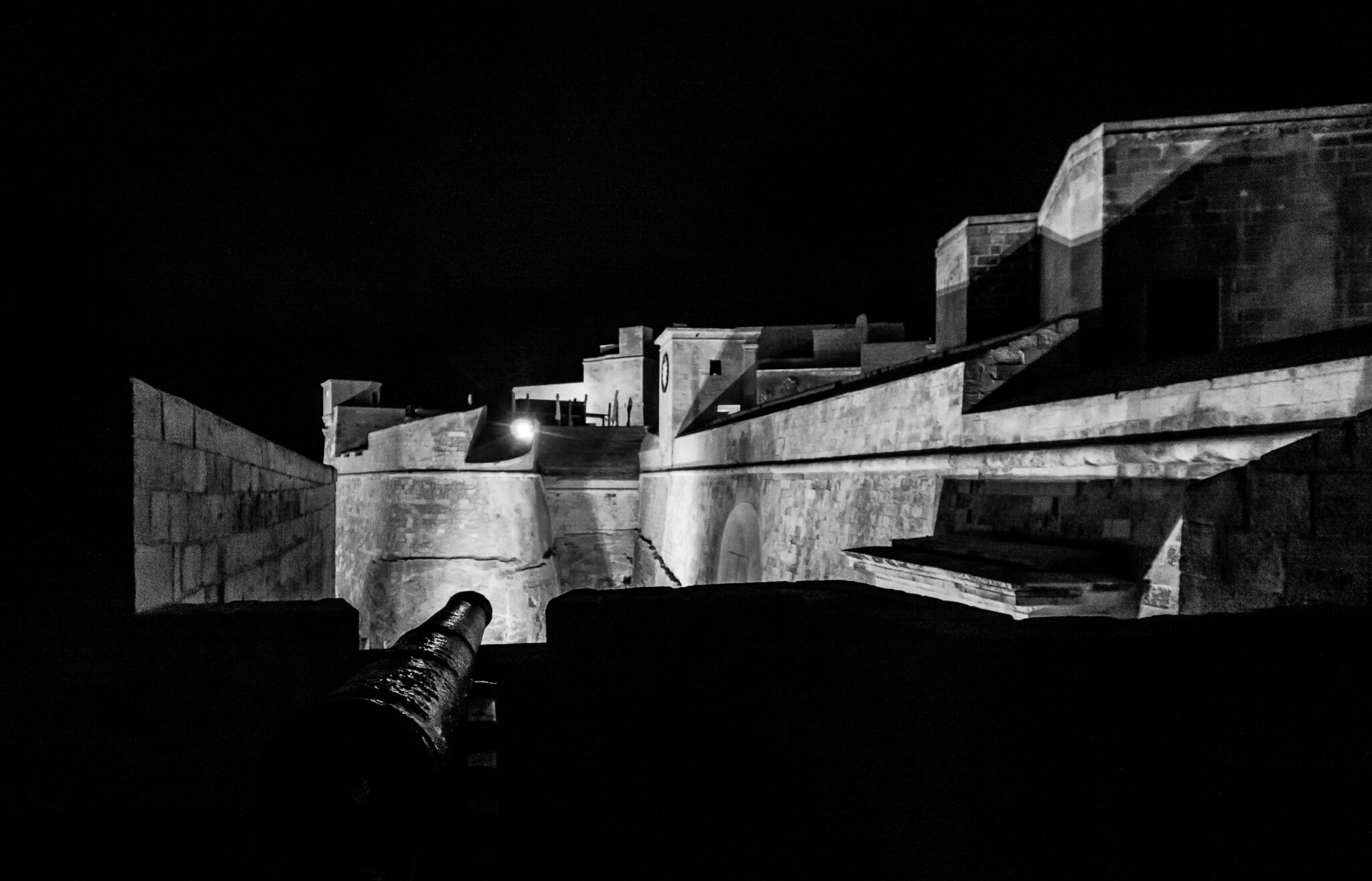The Maltese Archipelago consists of three islands: Malta, Gozo, and Comino. Situated in the heart of the Mediterranean, they were at a strategic point on the trade routes between Europe and Africa which in turn meant they were occupied and inhabited by several civilizations over the last three thousand years – each one leaving an influence in terms of culture, language, tradition, and architecture.
Gozo and Malta have several prehistoric temples. On Gozo, Ggantija Megalithic temples are a UNESCO World Heritage site as they are one of the oldest free-standing structures in the world (pre-dating Stonehenge and the Pyramids).
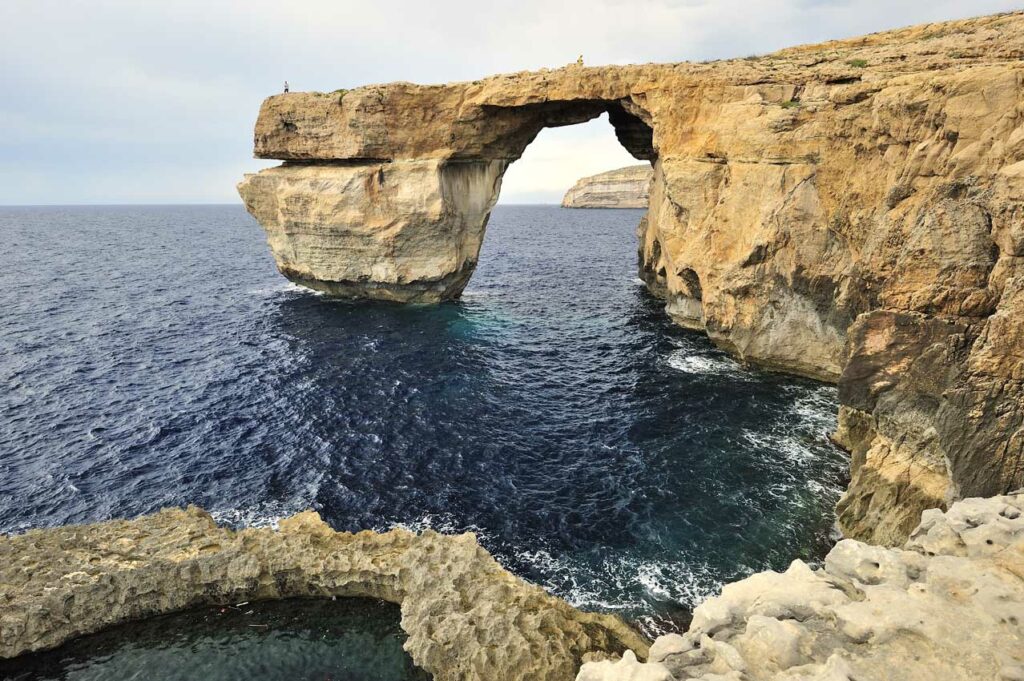
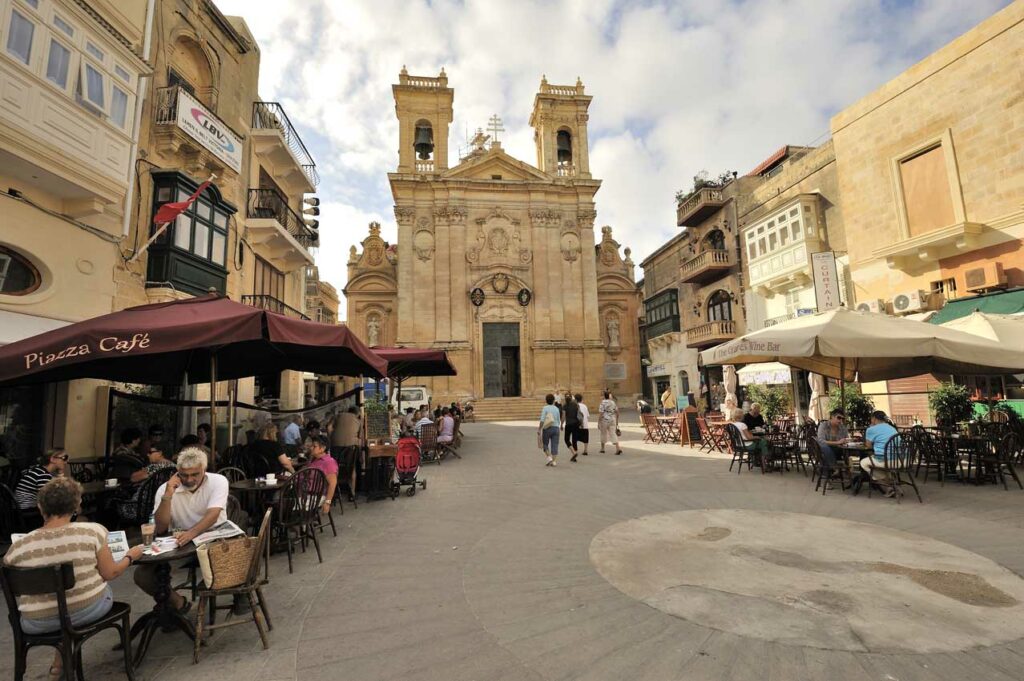
Gozo is Malta’s smaller “sister” island with its own distinct character. Roughly seven by fourteen kilometers, the economy was based around farming and fishing and although these are still core activities, giving the island its character, tourism has developed and become increasingly important. The main town in Gozo is Victoria with the Citadel built by the Knights of Malta. Recently restored it houses museums and restaurants as well as the Cathedral. A walk around the bastions gives stunning panoramic views. Gozo has thirteen villages, a center surrounded by limestone homes. The population of Gozo is under forty thousand. Still a staunchly Roman Catholic country, the Easter and Christmas celebrations are moving occasions with processions and band marches.
The geology is largely formed of sedimentary limestone from sea beds more than twenty-five million years old and casts of fossils are common, especially around Dwejra. The softer Globergerina and the harder Coralline limestone have eroded at different rates giving the island rolling valleys and hills. This also contributes to the stunning underwater topography which is a major factor in Gozo’s popularity as a diving destination. Gozo has always been largely self-sufficient, the fertile soil allowing land to be farmed on terraces of vegetables, vines, and orchards. On the southern coast immense and beautiful cliffs which drop one hundred forty meters to the sea have formed at Ta’ Cenc: a breeding ground for the Scopoli Shearwater. At Xaghra, one of the biggest villages of Gozo are Ggantija Temples, a windmill museum, and a toy museum.
